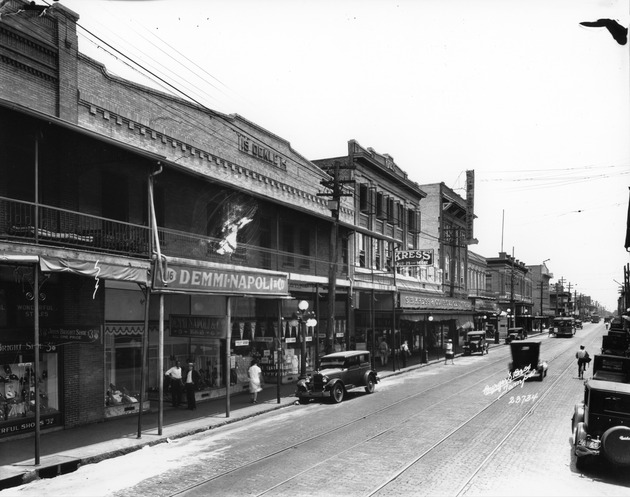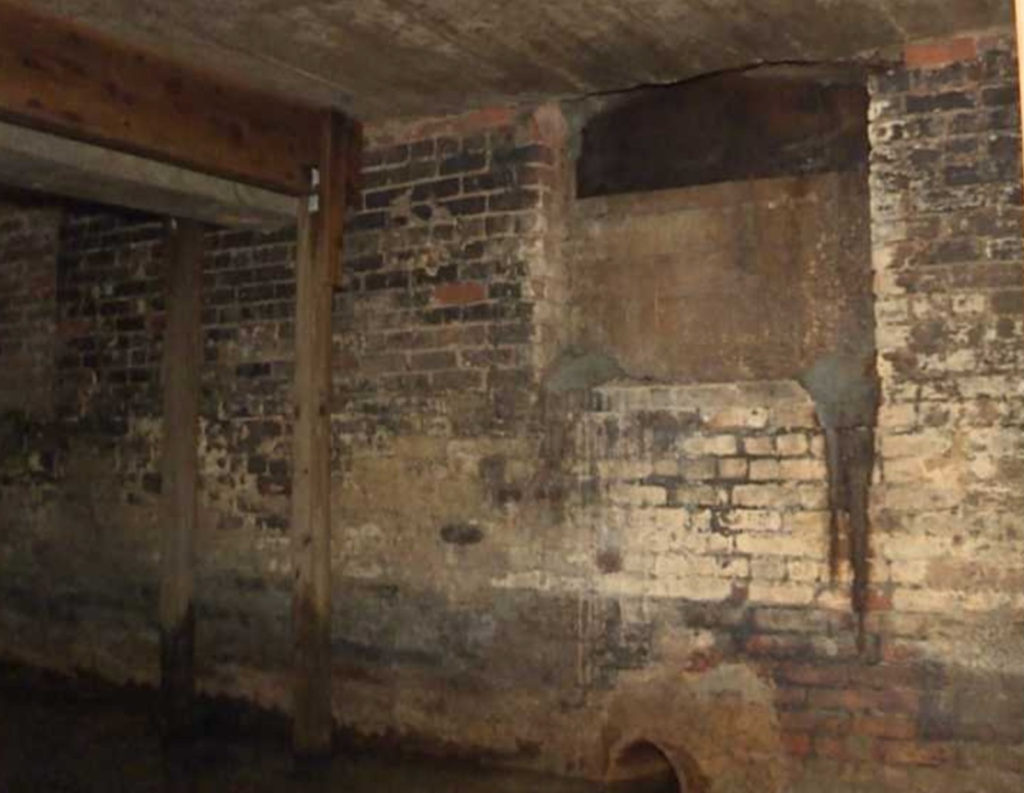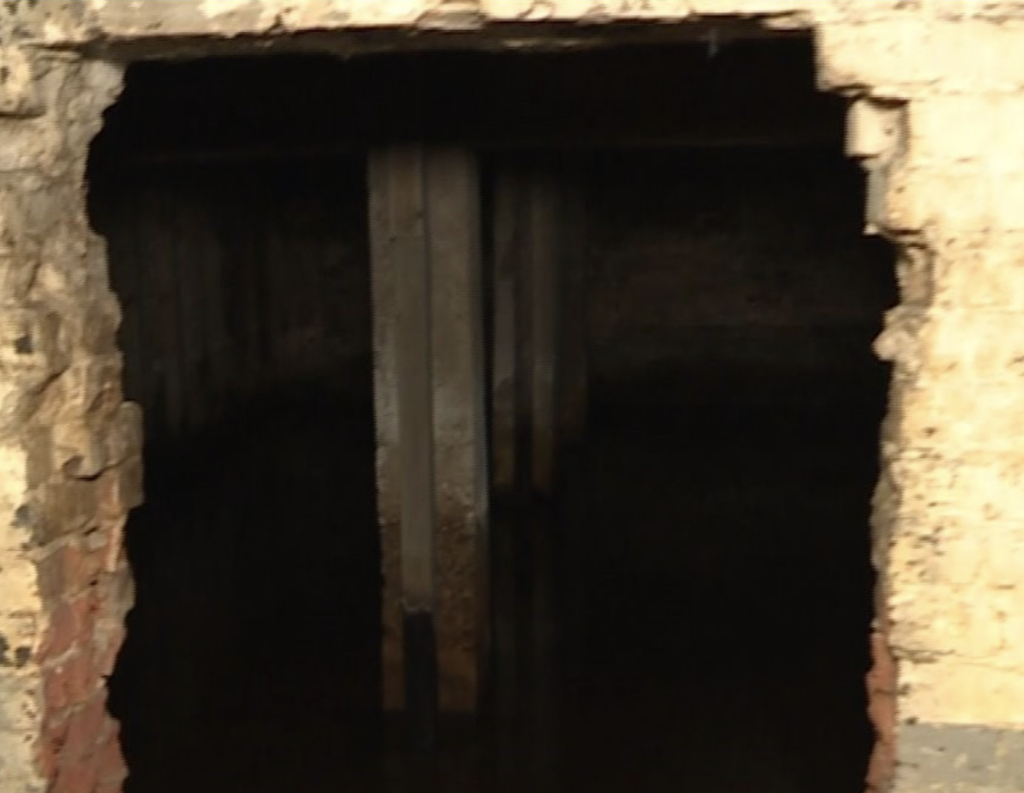

Ybor City is one of the most unique places in Florida and the United States as a whole. It is a city that was built and still owned by immigrants, famous for its cigars and rich Cuban history and culture. Under the streets so often walked by tourists and resident chickens, however, lies a juicy secret history.
It goes without saying that a city founded in the late 1800s would likely have a few skeletons in its closet. The tunnels that crisscross under Ybor City fit the bill. The tunnels were something of an urban legend. That is, until 2011, when residents noticed that rainwater flooded the area.
Tunnels under a city are not a new phenomenon. Seattle famously has an underground tour that explores the winding and weaving tunnels beneath the city. So, why would Ybor City not capitalize on this? Because the history behind these underground labyrinths is a bit…sordid.
Or is it?

The Ybor City tunnels were originally thought to have been routes for smugglers, bootleggers and gamblers. They are not very forgiving. The tunnels measure 5-feet-by-5-feet, made out of brick with wooden floors. So, definitely not the spacious type.
One of the tunnels was discovered to be under what used to be a post office. In fact, there was an entrance to the tunnel through the former post office. Many historians asked, “Why would they build an entrance to an illegal tunnel in a federal building?” Believe it or not, Tampa used to be one of the most corrupt cities in the country, and criminals were not exactly hiding in tunnels.

Kids growing up in Tampa knew the lore of the tunnels, which were accompanied by legends of speakeasies and smugglers. There were no official maps, and entrances were blocked off by safety issues and property owners. It was hard to get a good grasp on what actually lay beneath the streets.
Rodney Kite-Powell, the director of the Touchton Map Library at the Tampa Bay History Center, debunked a common myth about the tunnel’s intended purpose.
“Most of the legends around the tunnels say they were used during Prohibition to bring alcohol into Ybor City and Tampa from the port,” he said. “They pre-date Prohibition, so they certainly were not constructed for that purpose. Ybor City and Tampa were so lawless, at least as far as Prohibition was concerned, that they would have also been unnecessary.”
As time has marched on, historians have started to reach a less-than-scandalous conclusion. The tunnels were, in fact, built as stormwater and sewage systems for the city.
“Despite the fact that there was no real reason to use them for bootlegging, that doesn’t mean that at some point between 1919 and 1934 they weren’t used by someone for that purpose — just probably not that often,” Kite-Powell said. “In my opinion, they absolutely were built for use as sanitary and/or storm sewers. I was fortunate enough to go in one of them, and I am pretty confident that was their original purpose.”

Speaking of going in, can you? Are there tours? Inquiring minds want to know.
“No, people are not allowed in the tunnels. At this point, there are few access points. One was closed after the building it was under burned, and another after it was partially demolished for construction of the Masonite building south of 6th Avenue,” Kite-Powell said.
Regardless, it is a super cool story for the already historic Ybor City.
By Jen Clark





